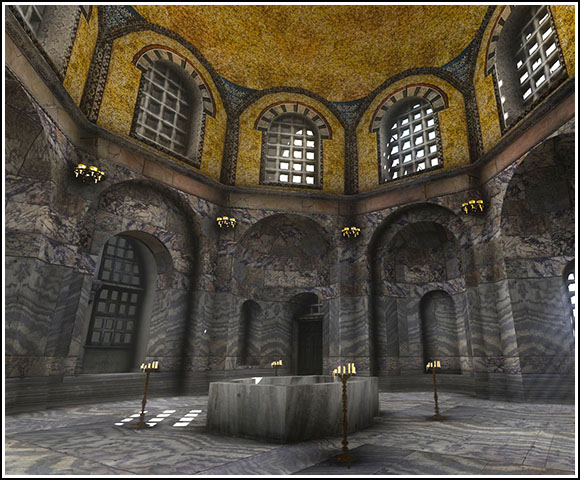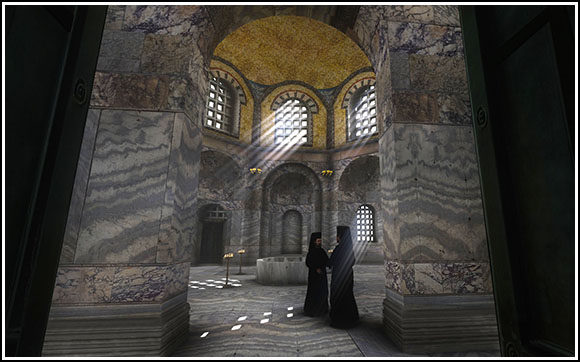


  |
HAGIA SOPHIA |
 |
 INTRODUCTION
INTRODUCTION
 CONTENTS
CONTENTS
 HIPPODROME
HIPPODROME
 WHAT'S NEW
WHAT'S NEW
 MUSEUM
MUSEUM


 LINKS
LINKS
 AWARDS
AWARDS
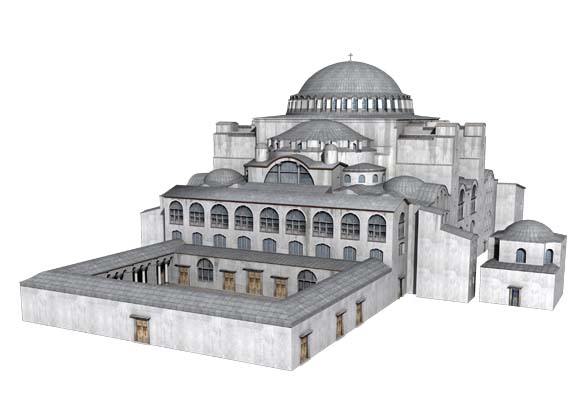
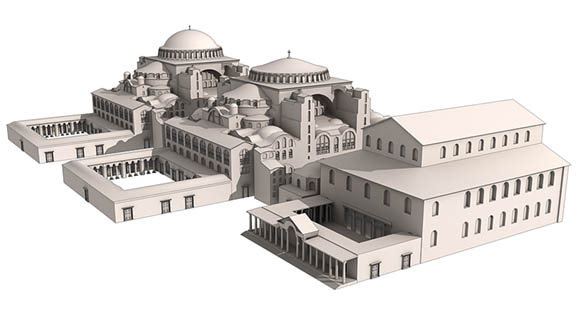
Front to back: Theodosian Basilica, Hagia Sophia as it was in 537 and after the dome collapse in 557
The present church was mainly erected between 532 and 537 during the reign of Justinian. In its architectural form, it tries to reconcile the traditions of longitudinal basilicas and central vaulted churches.The main dome which had a diameter of over 30 m was the biggest church dome until the fifteenth century.
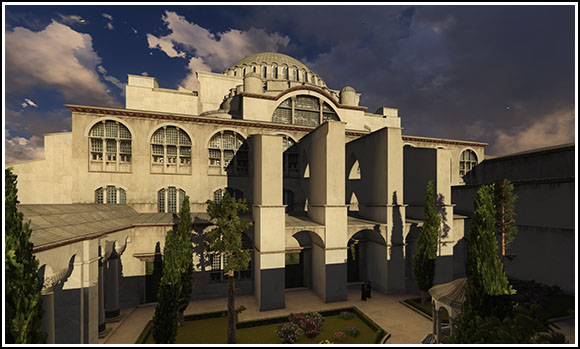

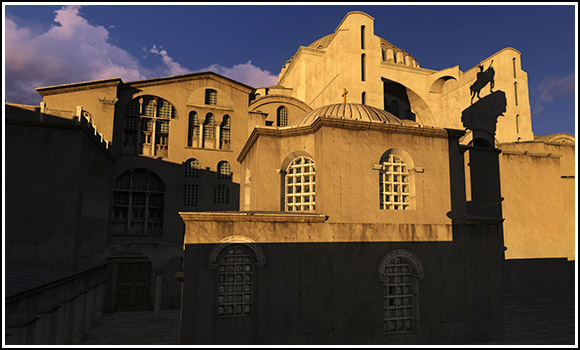
The Hagia Sophia was the church of both the emperor and the patriarch where the most important religious and state ceremonies were held. The emperor had direct access to it from the palace by a bridge crossing the street, and the patriarch had his residence in a palace immediately on the south side of the church.

Hagia Sophia Atrium
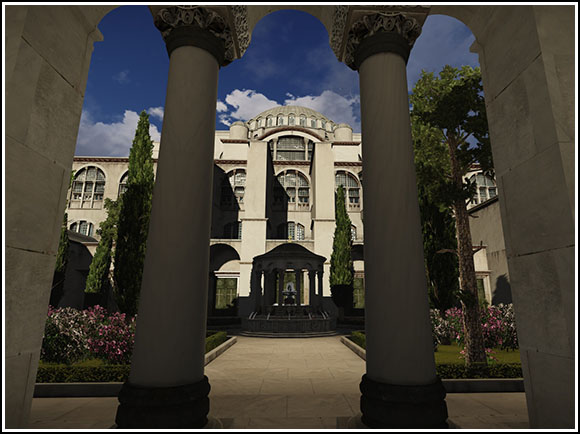
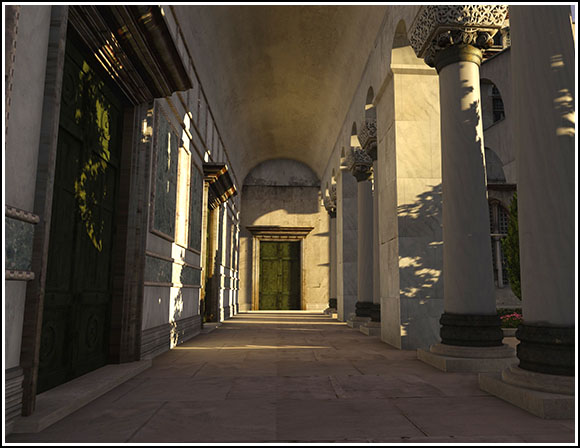
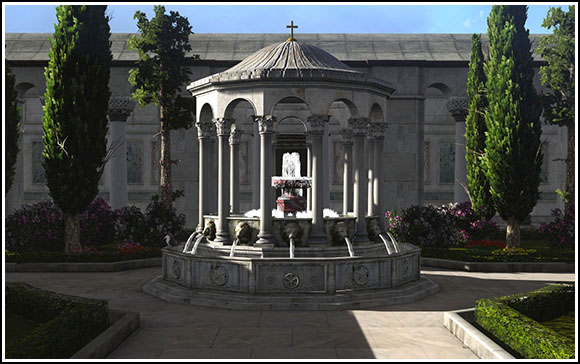
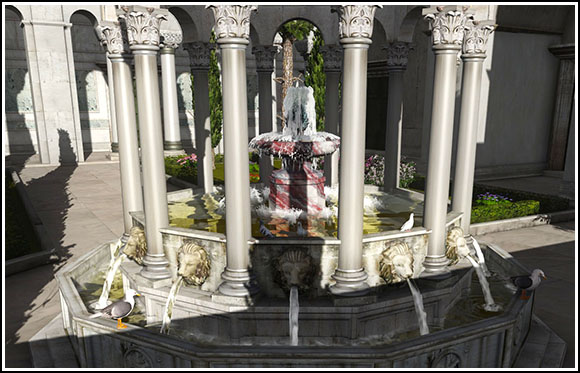
Hagia Sophia Baptistery
